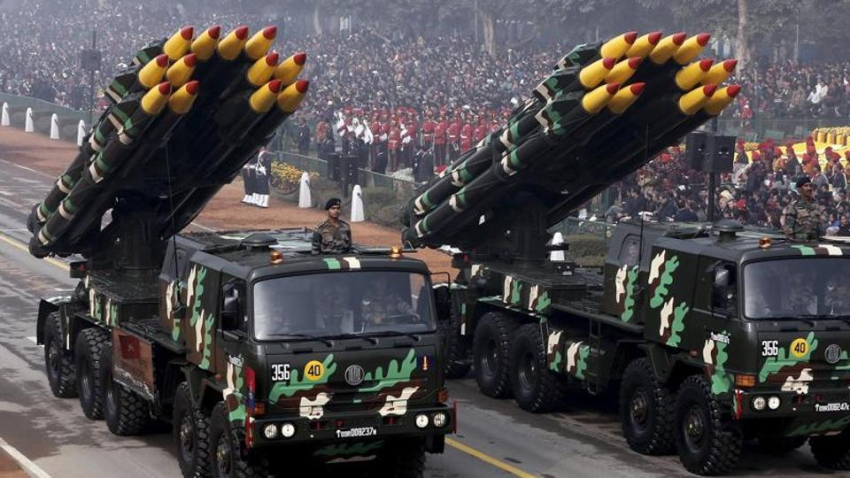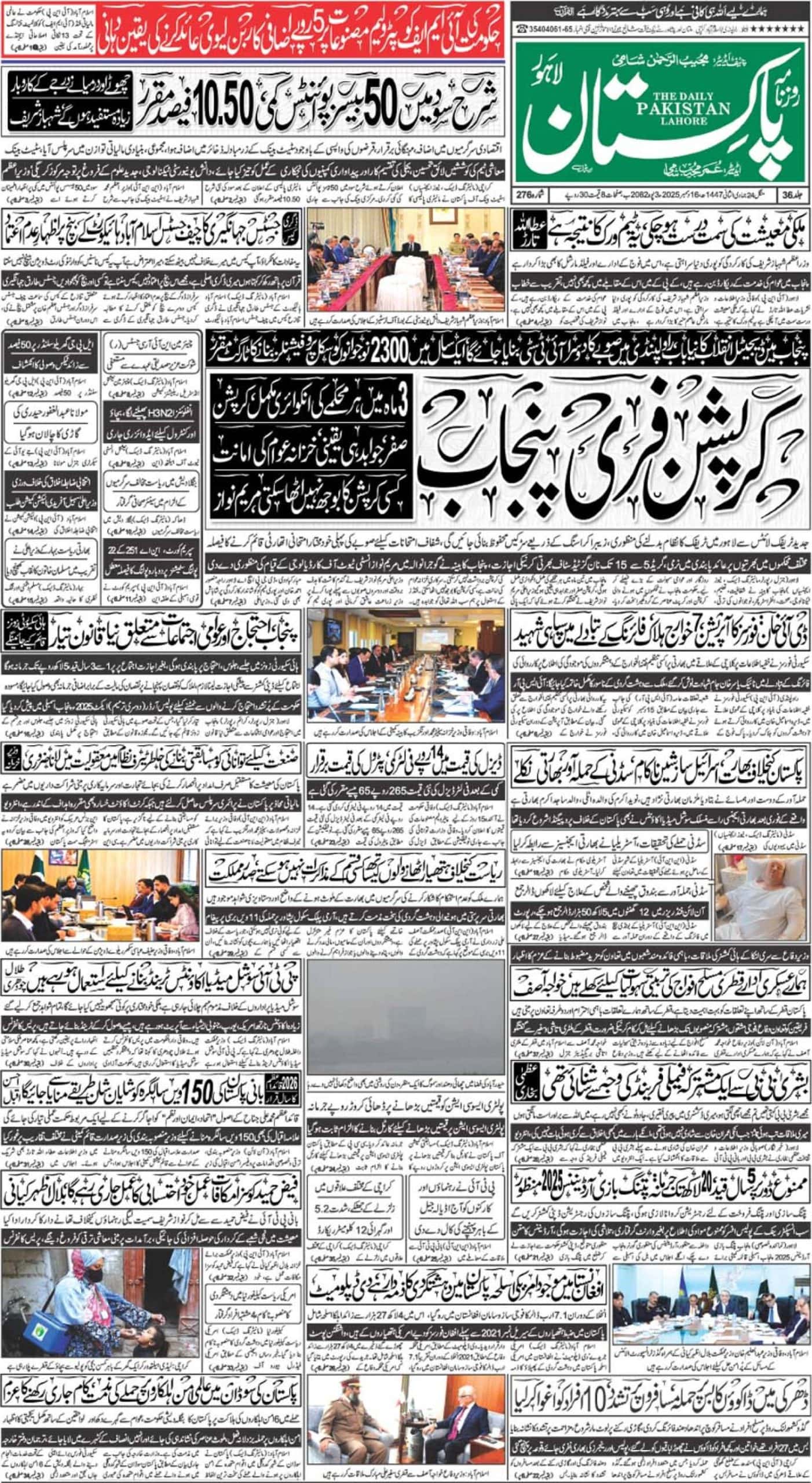NEW DELHI – India has hiked its defence budget by 7.81 percent to Rs2.95 trillion against last year’s Rs2.74 trillion, amid “growing challenge” for the country’s armed forces on the borders with both Pakistan and China.
But experts say the defence budget is inadequate to meet major modernisation and infrastructure development programmes, maintaining that additional allocation is needed to enhance military preparedness.
In his budget address, Finance minister Arun Jaitley said the government will develop two defence industrial production corridors and bring out an industry-friendly military production policy to promote defence manufacturing in India.
The defence outlay works out to just about 1.58% of the South Asian country’s projected GDP and 12.10% of the total budget of Rs2,442,213 crore for 2018-19, the lowest such figure since the 1962 war with China. Though this figure has been steadily declining in percentage terms as the economy expands, military experts contend it should be over 2.5% to ensure the armed forces are capable of tackling the “collusive threat” from Pakistan and China.
Out of total allocation of Rs295,511 crore for defence budget, only Rs99,947 crore has been set aside for capital outlay to purchase of new weapons, aircraft, warships and other military hardware.
Moreover, the defence budget includes a capital outlay of just Rs 99,563.86 crore for new weapon systems and modernization, which is dwarfed by the revenue expenditure (day-to-day running costs, salaries etc) of Rs 1,95,947.55 crore. The defence budget does not include Rs 1,08,853 crore separately allocated for defence pensions.
The armed forces, incidentally, have sought an allocation of Rs 26.84 lakh crore ($416 billion) over the next five years to ensure requisite military modernization and maintenance, the Times of India reported.
As per the 13th Defence Plan, Rs 12,88,654 crore has been projected for the capital outlay, while Rs 13,95,271 crore for revenue expenditure. With an eye firmly on China, there is also a separate section in the plan on the “capability development” of the strategically-located tri-Service Andaman and Nicobar Command, which was set up in October 2001 but has suffered from relative neglect, lack of infrastructure and turf wars.
Last July, the Centre had notified that Army’s Vice-Chief Lt Gen Sarath Chand would have full financial powers to procure critical ammunition and spares. Even the procurement of advanced assault rifles was fast-tracked. The process for replacing T-72 tanks was also started. Also, more of the 145 ultra-light howitzer guns will be arriving this year.
Even IAF is looking at procuring combat jets for its dwindling fighter squadron. The Navy also has the P-75 and P-75I submarine programmes, which are an important requirement due to the growing Chinese naval presence in the Indian Ocean Region.
Pakistan also increased its defense spending by $578 million to $8.78 billion in fiscal year 2017-2018.
https://en.dailypakistan.com.pk/headline/finance-minister-ishaq-dar-unveils-budget-2017-18/
This constitutes a projected 7 percent increase in overall defense expenditure. According to reports, the Pakistan Army will receive funds amounting to around 47 percent or $4.17 billion, the Pakistan Air Force 20 percent or $1.8 billion, and the Pakistan Navy approximately 11 percent or 940 million respectively.
Almost 60 percent of the defense budget will be used for operating and personnel expenses. Around 20 percent or 1.87 billion will be used for military modernization and defense procurement. US military aid accounts for around 10 percent of Pakistan’s official military budget.
Among other things, the Pakistani government intends to add 14 additional Pakistan Aeronautical Complex/Chengdu Aerospace Corporation (PAC/CAC) JF-17 fighter jets this year and has plans for a total fleet of 150 new JF-17 aircraft divided up into three production blocks.














